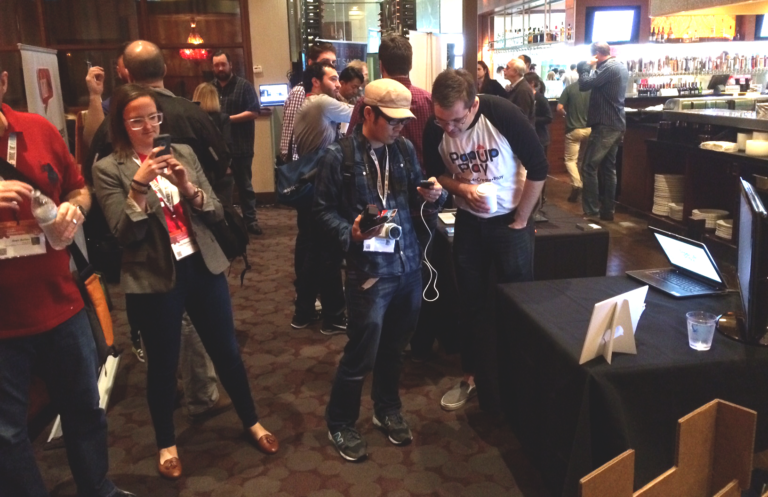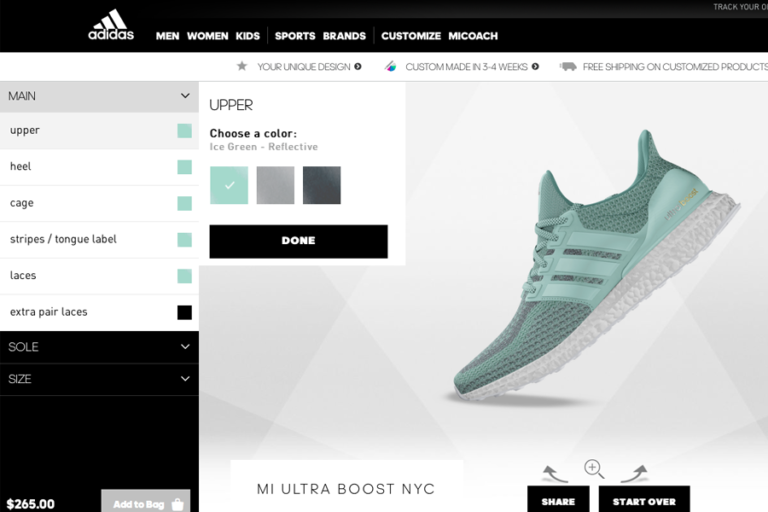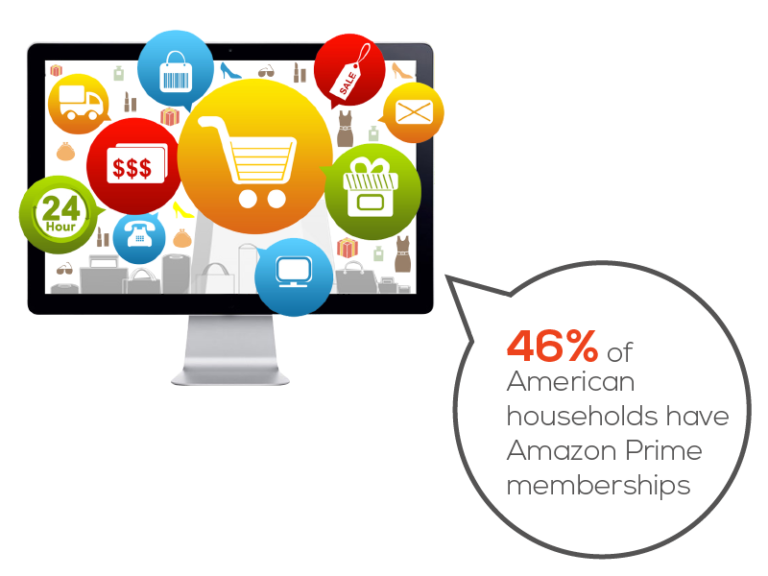SXSW is far behind us, but the event has always been a pretty big deal for PopUp Play, since SXSW 2015 marked our public debut of the company. Even then, when we were a true B2C-focused startup, marketers and brand managers approached us at SXSW asking if our platform could make custom products for them and their brands specifically.

From our launch in 2015, people were interested in the unique customization the PopUp Play platform could do!
From the get-go, some folks saw our company and their minds immediately jumped to what sort of custom products we could make for them: we received inquiries from custom cat houses to custom food trucks and everything in between.
This got us thinking: why? Why were marketers, brand managers and fellow entrepreneurs all interested in this idea of versatile customization?
In short, we believe this can be explained through changing consumer preferences: namely, consumers are becoming more brand agnostic and adopting lower expectations during purchase experiences.
 We’ve spoken before about how it’s becoming increasingly more difficult for brands to maintain consumer loyalty. With 78% of American consumers admitting they retract brand loyalty more quickly now than three years prior, major businesses are feeling the profit-crushing impact of this trend.
We’ve spoken before about how it’s becoming increasingly more difficult for brands to maintain consumer loyalty. With 78% of American consumers admitting they retract brand loyalty more quickly now than three years prior, major businesses are feeling the profit-crushing impact of this trend.
Accenture Strategy’s Robert Wollan describes the causes of this trend: “new ‘languages of loyalty’ have emerged, driven by brands experimenting with creative digital experiences, which have changed the dynamics of customer loyalty today.”
Even so, with an influx of content and information coming at consumers, it’s difficult for a brand to set itself apart and reach the consumer in a unique and meaningful way. With the average American consuming over 10 hours of digital media each day, brands are going where the users are, but operating in a hyper-saturated market.
More and more, brands are realizing they need something else to capture their consumers’ attention. And for many, the solution may lie in personalization.

Photo by Nice Kicks
Adidas, for example, has launched “mi adidas” in the United States, a platform that allows customers to customize a variety of Adidas products. Apparently, the company has taken note of the direct impact their personalized products have had, evidenced by the recent decision to open a factory branch within the United States. Executive board member Eric Liedtke attributes this decision to the desire to “make product for the consumer, with the consumer, where the consumer lives in real time.” Investment in a U.S. factory certainly comes with its risks, but the Adidas Group is but one example of a company that is taking a bet that customization is here to stay.
The mi adidas example also speaks to the power of e-commerce. Nearly half of Americans are Amazon Prime users, meaning nearly half of American consumers are buying products through the same, standardized platform: nearly half of American consumers have surrendered this “purchase experience” for the ease and convenience of simply clicking a button on a website. And for many, it’s worth it.

But something larger is at play, here. There is clearly consumer interest in e-commerce, and we believe it can be a dedicated solution for brands.
Although carrying products on Amazon can benefit volumes for brand purchases, hosting products through other retailers does not build a relationship between a brand and a consumer. Further, consumers miss out on the purchase experience when going to product-hosting retailers such as Amazon. Through direct e-commerce, though, brands can offer a unique, loyalty-building customized experience that consumers can’t find elsewhere.
Personalized, custom products open up a world of untapped experiential opportunity. The custom creation experience can seriously rival the convenience of retailer e-commerce and get back the direct relationship with customers, and personalized products can help companies retain brand loyalty in a time when loyalty is on a serious decline.
The choice is yours, though. Is your brand going to fade into the digital noise with the rest, or is it ready to take things to the next level?